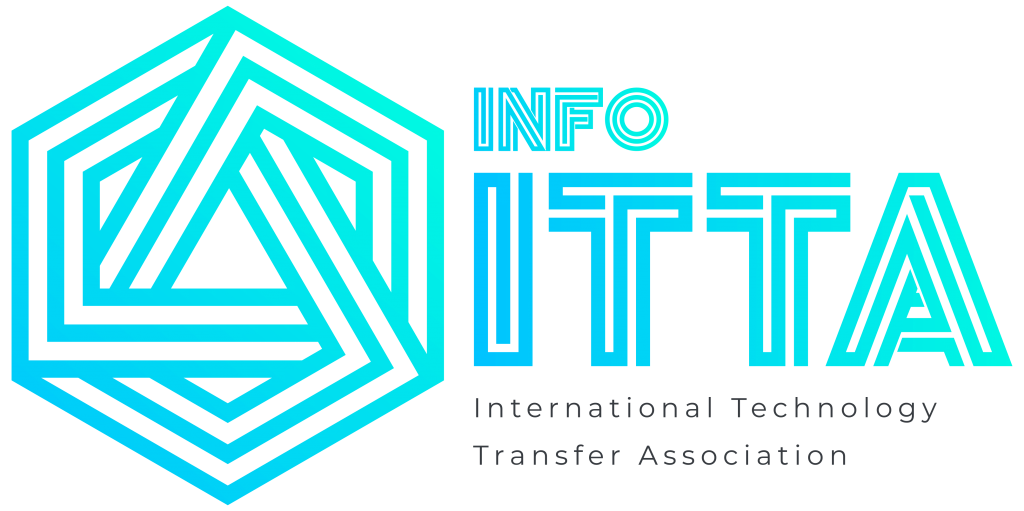Recent Posts
- Ukraine recovery should be based on development of territorial communities, innovations, involvement of professional domestic community – results of ESUR forum 29.06.2023
- Ukraine repatriates five more seriously wounded Russian POWs 10.04.2023
- Rada intends to include history of Ukraine, foreign language in final certification for general secondary education 10.04.2023
- Rada terminates protocol on joint anti-terrorist measures in CIS territories for Ukraine 10.04.2023
- 100 Ukrainians, incl defenders of Mariupol, returned according to swap procedure – Yermak 10.04.2023
DETERMINATION OF PRODUCTION RISK

Stefanovich P.
Department of Occupational Safety and Environment Kyiv National University of Construction and Architecture
ЕКОНОМІКА ПІДПРИЄМСТВА ТА УПРАВЛІННЯ
(Регіональна економіка)
DETERMINATION OF PRODUCTION RISK
Abstract. Common to all ideas is that risk means uncertainty about whether an undesirable event will occur or not. According to modern views, risk is usually interpreted as a probabilistic measure of the occurrence of man-made or natural phenomena, accompanied by the formation and action of hazards.
Introduction. This article deals with the organization of a systematic approach in the field of personnel safety management and reducing the level of possible risk. Among all the risk factors identified by modern man, the risk of loss of health due to professional activity is important. Occupational risk is defined as the magnitude of the likelihood of health impairment due to factors in the work environment and work process.
Production risk of the object. In insurance terminology, risk is used to denote the subject of insurance (industrial enterprise or firm), the insured event (floods, fires,
explosions, etc.). Economists and statisticians understand risk as a measure of the possible consequences that manifest at some point in the future. In the psychological aspect, risk is interpreted as an action, the achievement of which is associated with elements of danger, the threat of loss or as a situational characteristic of the activity, which is the uncertainty of its outcome.
A number of interpretations disclose risk as the probability of an accident, accident or catastrophe under certain production conditions. All these definitions emphasize the importance of human activity and the special properties of the environment. All interpretations of the concept of “risk” are currently used in the analysis of hazards and risk management in general. The formation of dangerous and emergency situations is the result of a certain set of risk factors generated by relevant sources.
Each adverse event can occur in relation to a specific victim – the object of risk. The relationship between risk objects and adverse events allows to distinguish between individual, technical, environmental, social and economic risk.
Individual risk – can be voluntary, if it is determined by human activities on a voluntary basis, and forced, if a person is exposed to risk as part of society.
Occupational risk – the likelihood of impairment of the employee’s health, taking into account the severity of the consequences as a result of adverse effects of factors of the production environment and the labor process. Occupational risk is assessed taking into account the magnitude of exposure to factors of the production environment and labor process, as well as indicators of health and disability of workers.
Technical risk is a complex indicator of the reliability of elements of the techno- sphere. It expresses the probability of an accident or catastrophe with a certain severity of damage during the operation of machines, mechanisms for the implementation of technological processes and used facilities.
Ecological risk expresses the probability of ecological disaster, catastrophe, disruption of further normal functioning and existence of ecological systems and objects as a result of anthropogenic intervention in the natural environment or natural disaster with a certain severity of damage. Environmental risk can be manifested both in areas of anthropogenic intervention and outside them.
Social risk characterizes the frequency and scale of the negative consequences of emergencies, as well as various phenomena and transformations that reduce the quality of life.
Sources of social risk:
1. Urbanization of ecologically unstable territories.
2. Industrial technologies and high-risk facilities.
3. Social and military conflicts.
4. Epidemics.
5. Decreased quality of life.
Permissible risk – a risk that, given the existing social values in this situation is considered acceptable.
Risk determination method
Risk determination methods are a way of determining and estimating future events based on the calculation of specialists.
Involved specialists can express their ideas on the best ways to mobilize reserves, attract investment, deadlines for achieving the objectives, criteria for selecting the best solutions to reduce the possibility of risks.
Therefore, risk assessment methods require careful training of experts, whose work includes:
1. clear definition of goals and objectives;
2. a set of sufficiently competent independent experts in relevant fields;
3. discussion of the issue in a group of experts;
4. providing participants with information on preliminary results and conclusions;
5. accurate formulation of general conclusions on the work.
The target analysis, based on the results of the determination, is carried out in several stages:
1. Defining the purpose of the study.
2. Determining the required number of specialists.
3. Creating a group.
4. Carrying out the definition.
5. Summary and analysis of information received from experts.
6. Generalization of results and development of options for solving problems.
Individual methods of decision – is the use of opinions of experts, which formulated each of them personally. The main advantages are the simplicity and clarity of the use of acquired knowledge and personal experience.
Conclusion. Any activity of an economic entity may have an irreversible impact on the environment, or destroy it altogether. To prevent a possible environmental
catastrophe (of human origin), no personal preferences can exist at all. Another scenario is the loss of the ecological world.
References:
1. Zubkov V.I. Sociological theory of risk: A textbook for universities. M., 2009.- 247p.
2. Chovushyan E.O., Sidorov M.A. Risk management and sustainable development. M., 1999. – 345p.
3. Algin A.P. Risk and its role in public life. M., 1989.- 278 p.
4. Bashnyanin G.I. Financial risks. Economic encyclopedia. Vol.2 / Bashnyanin GI-K .: Academy, 2001.-822p.
5. VitlinskyV.V. Economic risk: system analysis, management./V.V. Vitlinsky.- K .: KNEU, 1994.-245p.
6. Ivchenko I.Y. Economic risks: textbook. Manual / IY Ivchenko.-K .: Center for Educational Literature, 2004.-304p.
7. Klimenko S.M. Substantiation of economic decisions and risk assessment / SM Klimenko, OS Dubrova.-K .: KNEU, 2006.-188p.
8. Лапуста М.Г. Risks in business activity / M.G. Lapusta, L.G. Sharshukova.- M .: INFRA-M, 1998.-224p.

